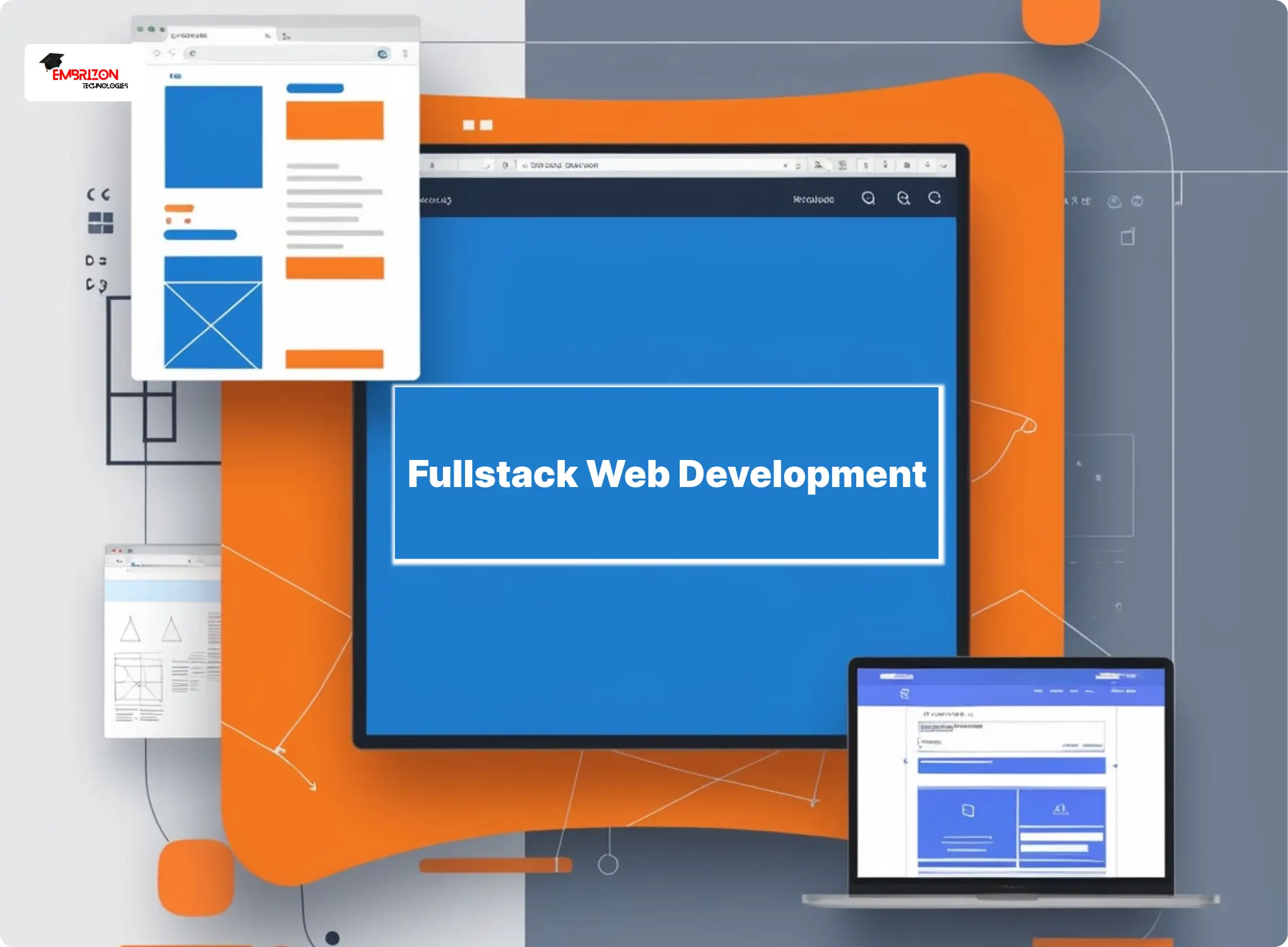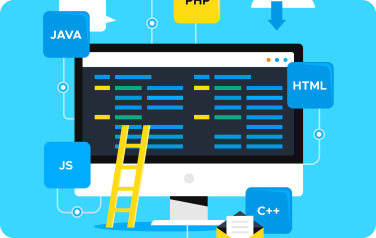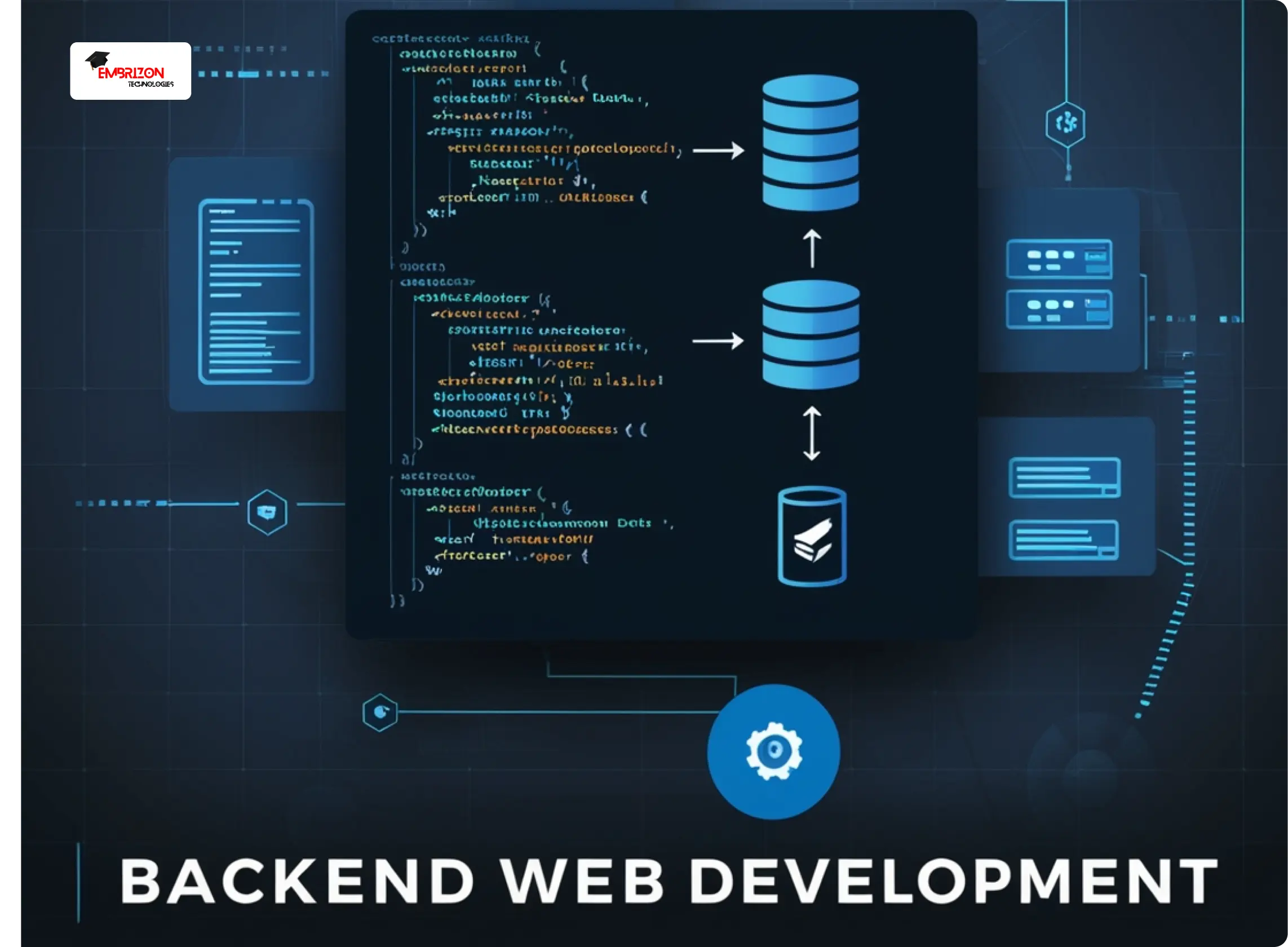Introduction
While frontend development focuses on what users see and interact with, backend development is the powerhouse behind the scenes, making everything work smoothly. This guide will help you understand what backend development is, its importance, and how it integrates with the overall web development process.
What is Backend Development?
Backend development refers to the server-side of web development. It involves everything that users do not see directly on a website but is crucial for its functionality. The backend processes the logic, manages database interactions, authenticates users, handles requests, and sends responses back to the frontend.
The Role of the Backend in Web Development
The backend acts as the backbone of a website or application. It manages data storage, ensures security, and handles business logic. Here’s a simple breakdown of its role:
- Data Management: The backend manages and stores all the data of a website or application, using databases to keep it organized and accessible.
- User Authentication: Ensures that only authorized users can access certain parts of the website.
- Server-Side Logic: Executes the core logic of applications, including processing user inputs and sending appropriate responses to the frontend.
Key Backend Technologies
Backend development involves various technologies, each serving a specific purpose.
1. Programming Languages
Programming languages are the foundation of backend development. Popular backend languages include:
- Python: Known for its readability and efficiency, used in frameworks like Django and Flask.
- Java: A robust, platform-independent language often used in enterprise applications.
- Ruby: Powers the Ruby on Rails framework, known for its simplicity and convention over configuration approach.
- PHP: A server-side scripting language widely used for web development.
2. Databases
Databases store and manage data, allowing websites to retrieve and display it as needed. Common types include:
- SQL Databases: Such as MySQL, PostgreSQL, and Microsoft SQL Server, which use structured query language for managing data.
- NoSQL Databases: Such as MongoDB and Cassandra, which store data in a non-tabular format, ideal for handling large volumes of unstructured data.
3. Server Management
Servers are where your website or application runs. Backend development includes configuring, maintaining, and securing these servers. Key aspects include:
- Server Software: Apache, Nginx, and Microsoft IIS are popular choices for managing HTTP requests.
- Hosting Services: Services like AWS, Heroku, and DigitalOcean provide cloud-based server management.
Certainly! Below is a section of the blog post “What is Backend Development? Understanding the Server Side” presented in a table format. This table compares different backend programming languages, highlighting their key features, common use cases, and popular frameworks.
Comparison of Backend Programming Languages
| Programming Language | Key Features | Common Use Cases | Popular Frameworks |
| Python | – Easy to read and write- Large community- Extensive libraries | – Web development- Data analysis- Machine learning | Django, Flask |
| Java | – Platform-independent- Strong performance- Robust security | – Enterprise applications- Android apps- Large-scale systems | Spring, Hibernate |
| Ruby | – Simplicity- Convention over configuration- Strong community support | – Web applications- Rapid prototyping | Ruby on Rails |
| PHP | – Server-side scripting- Wide hosting support- Good integration with databases | – Content management systems- Dynamic websites- E-commerce | Laravel, Symfony |
| Node.js | – JavaScript runtime environment- Non-blocking I/O- Single programming language for both frontend and backend | – Real-time applications- RESTful APIs- Single-page applications | Express.js, NestJS |
3. Server Management
Servers are where your website or application runs. Backend development includes configuring, maintaining, and securing these servers. Key aspects include:
- Server Software: Apache, Nginx, and Microsoft IIS are popular choices for managing HTTP requests.
- Hosting Services: Services like AWS, Heroku, and DigitalOcean provide cloud-based server management.
Backend Frameworks
Backend frameworks simplify and accelerate the development process by providing pre-built modules and tools. Popular backend frameworks include:
- Django: A high-level Python framework that promotes rapid development.
- Express.js: A minimal and flexible Node.js web application framework.
- Laravel: A PHP framework known for its elegant syntax.
- Spring Boot: A Java-based framework that simplifies the creation of production-ready applications.
APIs and Their Role in Backend Development
APIs (Application Programming Interfaces) are essential in backend development, acting as a bridge between different software systems. They allow the frontend and backend to communicate effectively, enabling functionalities like retrieving data, processing transactions, and integrating third-party services.
Best Practices in Backend Development
To ensure a robust and secure backend, developers should follow these best practices:
- Security: Implement encryption, authentication, and validation to protect user data and prevent unauthorized access.
- Scalability: Design your backend to handle growing amounts of traffic and data without compromising performance.
- Performance Optimization: Optimize database queries, use caching mechanisms, and write efficient code to improve speed and responsiveness.
- Maintainability: Write clean, modular code with proper documentation to make future updates and maintenance easier.
Tools for Backend Developers
Backend developers use a variety of tools to streamline development and manage their workflows:
- Integrated Development Environments (IDEs): Tools like PyCharm, IntelliJ IDEA, and Visual Studio Code help write and manage code efficiently.
- Version Control Systems: Git and GitHub are essential for tracking code changes and collaborating with other developers.
- Containerization: Docker allows developers to package applications and their dependencies into containers, ensuring consistency across different environments.
Conclusion
Backend development is the engine that drives the functionality of websites and applications. By understanding the key technologies, frameworks, and best practices involved, you can create powerful and efficient server-side applications that enhance user experiences. Whether you’re building a simple website or a complex application, mastering backend development is crucial for success in web development.
















